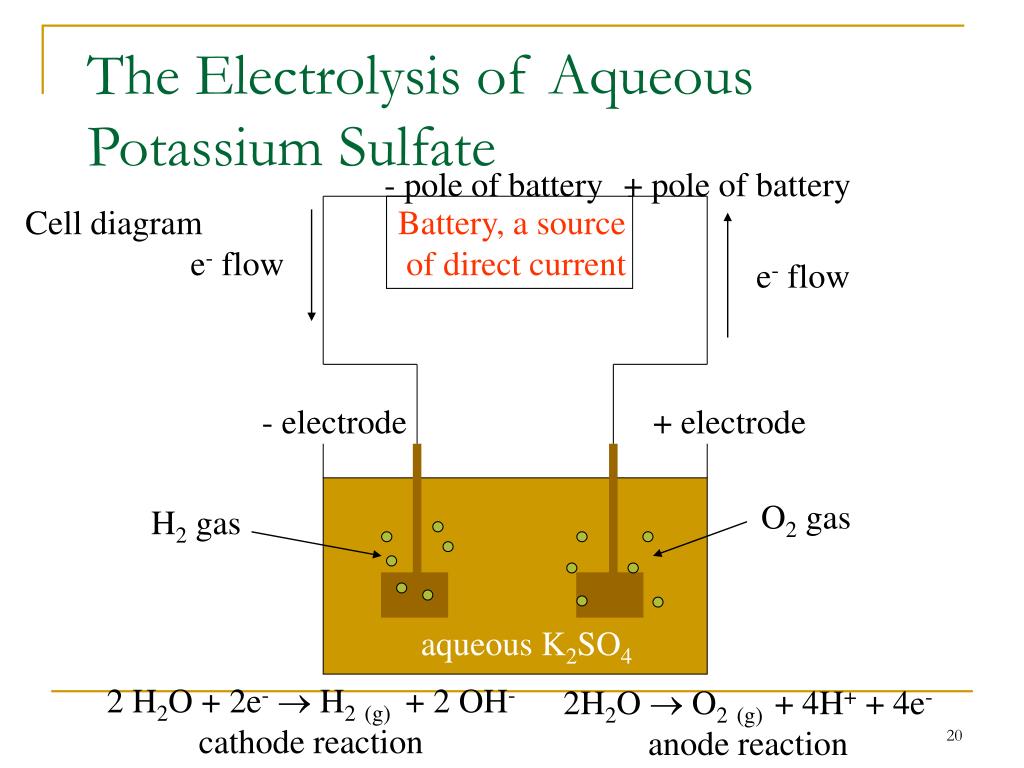
m −3), thus limiting their use only in countries with low fuel cost ( Sharon and Reddy, 2015).Temperature-driven technologies such as multi stage flash (MSF) and multi effect distillation (MED) consume even larger amounts of energy (5.5–40 kWh In this context, the most extended desalination technology is reverse osmosis (RO) with an associated energy consumption of 3.5 kWh This energy cost for desalination is about 10 times higher than for conventional water sources, leading to high water prices. However, the high energy cost continues to be a major concern, with energy consumption accounting for 75% of the desalination operating costs when excluding capital costs, or 40% including capital costs ( Elmekawy et al., 2014). Consequently, current desalination technologies have a huge impact on society due to the increasing demand of water worldwide ( Badiuzzaman et al., 2017 Chowdhury et al., 2018). The water sources in regions like the Mediterranean coast, Mexican Gulf or California coast start to be depleted by an increasing demand of drinking water, agriculture, or industry use, while the Middle East region, one of the most water-scarce regions of the world, copes with similar water scarcity problems ( Water Scarcity, 2019). More than 700 million people worldwide do not have access to enough clean water and the number is expected to rise up to 1.8 billion people in the next decade ( Talbot, 2015). Pros and cons of both strategies are discussed for subsequent upscaling of MDC technology. Both approaches used a laboratory MDC prototype without any energy supply (excluding pumping energy). day −1 with a ferro-ferricyanide redox MDC.day −1 using the air diffusion cathode MDC for brackish and sea water, respectively, and 7.1 and 19.7 kg COD.Organic matter present in wastewater was effectively removed at 0.9 and 1.1 kg COD h −1 when using ferro-ferricyanide redox MDC.h −1 for brackish and seawater with air diffusion cathode MDC, respectively, and 1.5–0.7 L.Nominal desalination rates (NDR) were in the range of 0.17–0.14 L Both strategies achieved desalination efficiency above 90% for brackish water. The first strategy consisted of an air cathode for efficient oxygen reduction, while the second strategy was based on a liquid catholyte with Fe 3+/Fe 2+ solution (i.e., ferro-ferricyanide complex). In this sense, this study compares the desalination performance of two laboratory-scale MDCs located in two different locations for brackish water and sea water using two different strategies. For this reason, the main objective of this work was to have a proper comparison of two similar MDCs operating with two different catholyte strategies, and compare performance and desalination efficiencies. As the MDC designs in the literature and operation modes (i.e., batch, continuous, semi-continuous, etc.) are quite different, the available MDC studies are not directly comparable. O 2 + 2H 2O + 4e − → 4 OH −, E 0′ = 0.815 V, pH = 7) was usually implemented as cathodic reaction in most of the MDCs reported in literature, whereas other strategies based on liquid catholytes have been also proposed, for example, ferro-ferricyanide redox couple (i.e. In addition, MDC technology has been proposed as pre-treatment in conventional reverse osmosis plants, with the aim of saving energy and avoiding greenhouse gases related to conventional desalination processes. MDC technology could be employed to provide freshwater with low-energy input, for example, in remote areas where organic wastes (i.e., urban or industrial) are available. Microbial Desalination Cell (MDC) represents an innovative technology which accomplishes simultaneous desalination and wastewater treatment without external energy input.

4Department of Analytical Chemistry, Physical Chemistry and Chemical Engineering Department, Universidad de Alcalá, Alcalá de Henares, Spain.2LEITAT Technological Center, Barcelona, Spain.1IMDEA Water Institute, Parque Científico Tecnológico de la Universidad de Alcalá, Alcalá de Henares, Spain.Marina Ramírez-Moreno 1, Pau Rodenas 1, Martí Aliaguilla 2, Pau Bosch-Jimenez 2, Eduard Borràs 2, Patricia Zamora 3 *, Víctor Monsalvo 3, Frank Rogalla 3, Juan M.


 0 kommentar(er)
0 kommentar(er)
